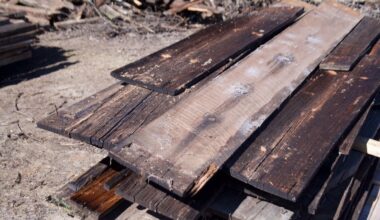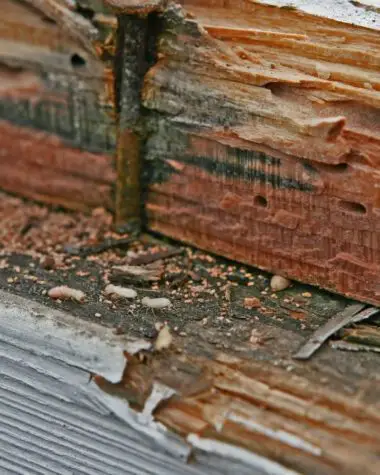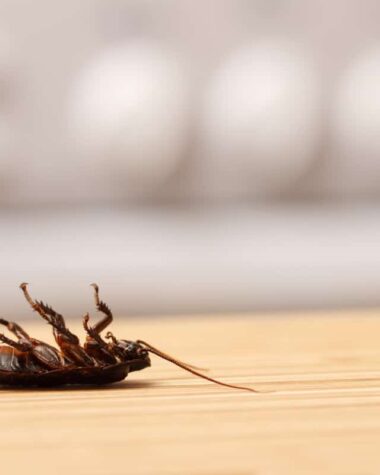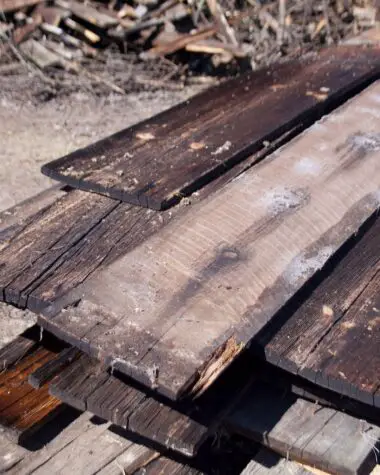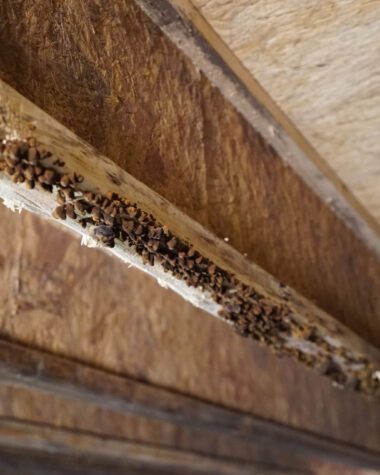Wood infestations seriously threaten furniture, windows, doors, and our home. Pest can eat up and destroy the whole structure without being noticed. Before we know it, the foundation of our house is starting to fall apart. This can cause serious structural destruction, and the repair will cost a lot of money.
Based on a study, termite damage can cost homeowners five billion dollars each year. That can be a huge cost considering there are other pests and critters that can pose damage to your home. So, it is vital to have a first line of defense to prevent the spread of pests in your house.
There are various techniques on how we can stop pest invasion. We can use commercial methods or stick to traditional and natural ways. However, the use of these remedies may come with both advantages and disadvantages.
Commercial methods involve chemical use that can pose health problems but with high efficiency. On the other hand, natural methods are way cheaper, but it does not guarantee the total elimination of pests.
To come up with the best possible solution, here’s a list of reliable and effective methods to help you deal with wood infestation using commercial and natural remedies. Let’s begin!
5 Commercial products and remedies to kill wood pests
Certainly, there are commercial ways to control pests in your home. For every wood pest, there are specific methods to apply and ensure the total elimination of wood-decomposing organisms. Let’s start with the use of chemicals.
Use Insecticides or Pesticides
Using chemical pesticides is one of the oldest methods of keeping pests away from your home. It is an ideal choice for terminating wood-infesting pests. Some chemicals are used to poison the surrounding earth to prevent termites, ants, and other critters from entering your house.
Most importantly, these chemicals can last for decades, and insect toxicity is very effective. One best example is the chemical chlordane. This works by disrupting the ability of insects to function normally, leading to their death. It is an insecticide commonly used by experts. But if you’re a first-time user, make sure to ask for assistance.
Fumigate to Eliminate
Fumigation is another ultimate method to stop the spread of wood infestation in your house or a building. The process of releasing gasses into the air kills wood-destroying beetles and other insects that are impossible to get rid of.
The gas will evaporate into the air without harming humans. This method is effective and highly recommended for larger structures and wider properties like malls, warehouses, and offices.
Borate Wood Preservatives
Borate is a wood preservative that stops the invasion of termites and other wood-destroying insects. Borate is absorbed into the wood and serves as a protective shield against all sorts of wood-destroying pests.
It is applied during construction and can work well with all kinds of wood. Moreover, it does not alter the color and composition of the wood. It can also be used for indoor furniture and other home decors with wood.
Fuel or Gasoline
The use of fuel and gasoline can be a little risky if not done properly. Yes, they are effective, but we highly advise you to ask for assistance before doing so. Most gasoline and fuel contain crude oil, methane, propane, hydrogen, and carbon monoxide.
The combination of these chemicals can kill pests due to their harmful effects and disturbing smell. You can use old fuel and gasoline from cars or buy them at a local gas station.
Use Commercially Approved Products
Varnish and wood sealer are some of the most commercially approved wood treatment products to prevent destruction. Varnish provides extra shine to your furniture while protecting it from pests. Wood sealers can cover tiny holes that attract insects to build their nest and lay eggs.
Advantages and Disadvantages of Using Commercial Remedies
Certainly, in most methods, some pros and cons must be considered. This is an important parameter to measure the effectiveness of a certain solution. By applying commercial remedies in pest control, we need to remember that we are dealing with chemicals that can possibly threaten our health.
Additionally, it requires the help of an expert to execute it properly and can be quite expensive. On the positive side, the effectiveness can last for decades and offers a total eradication of pests. If you are hoping for fast results, then a commercial method is the best option.
5 Natural and home remedies to kill wood pests
If you love to experiment with ordinary things in your home to cure the wood infestation, then you’re in the right place. Here, we will tackle the simplest but most effective natural solution to end pest invasion.
Sun Power
Sunlight is the easiest and most efficient natural way to solve a wood infestation. You don’t need to mix something. Simply place your furniture outside in a perfectly sun-lit area and trust the sun to do its magic.
Most wood pests and organisms can’t survive warmth and light, so they will flee or die. When doing this treatment, be sure to rotate your furniture every two hours to expose all sides to sunlight.
Use Salt
Salt has many uses, from cooking to treating mild toothaches and, surprisingly, preventing the spread of unwanted pests in your home. Salts kill pests by simply dehydrating them. Most insects with exoskeletons, like beetles and fleas, die when their exoskeleton gets in contact with salt.
When their exoskeleton is damaged or scratched, they lose the ability to maintain and absorb water. Sprinkle salt on your doors, windows, and other possible openings to stop ants, termites, and fleas from entering your home. You can also mix salt with water and spray it directly on pest colonies.
Essential Oils
Essential oils are widely used as home fragrances, but they can also do wonders in preventing wood destruction caused by pests. Some oils contain substances that are detrimental to pests’ lives.
For example, orange oil contains the chemical compound d-limonene, which can kill termites and other bugs. Since oil is concentrated in nature, you can mix it with a few drops of water and spray it on the affected areas.
A sour solution
Vinegar, just like salt, is a miracle compound. You can use it for cleaning, cooking, and killing termites and other critters. To make your DIY pest repellent, mix 1 cup of vinegar with juice from two lemons. Put in a spray bottle and spray it on pests-infested areas.
The acidity of vinegar and lemon juice can kill termites, bugs, ants, and other pests. As a matter of fact, the strong smell can cause navigational problems for ants and termites.
Diatomaceous Earth
Derived from the word diatoms, the Diatomaceous earth is made up of fossilized remains of aquatic organisms. This natural and traditional insect repellent kills termites and other bugs by absorbing oil and fats from their body. It dehydrates the pest’s body which leads to its ultimate death.
Just sprinkle diatomaceous earth on an infested area throughout your home. Don’t worry because this product does not pose any serious threat to our health. You can purchase it in your local hardware, and you don’t need the assistance of an expert to use it. Store it in a separate cabinet and put a label to avoid confusion.
Advantages and Disadvantages of Using Natural Remedies
Indeed, natural remedies for killing pests are a good alternative, especially when living away from your town. It can kill some pests and prevent invasion, but it cannot ultimately destroy and eliminate wood-destroying insects.
On the other hand, it is very handy and easy to use. Most natural treatments can be found in your home, cheap and toxic-free. You don’t need the help of an expert to execute it. So, if you are into natural products, then this pest solution is an ideal option for you.
Conclusion
There are a lot of effective ways to permanently eradicate wood-destroying pests. Some are readily available commercially, and some require creativity and help from simple and natural things in your home. Termites are one of the most common invasive wood pests. If you need more serious help, here’s a detailed step-by-step guide to getting rid of them.
Whether you go for a commercial or natural solution, you can get the desired outcome. Just ensure that every procedure is done properly to minimize risk. Fortunately, numerous ways and other methods exist to eradicate a wood infestation. You can read more about wood infestation prevention and learn other tips in wood restoration.


